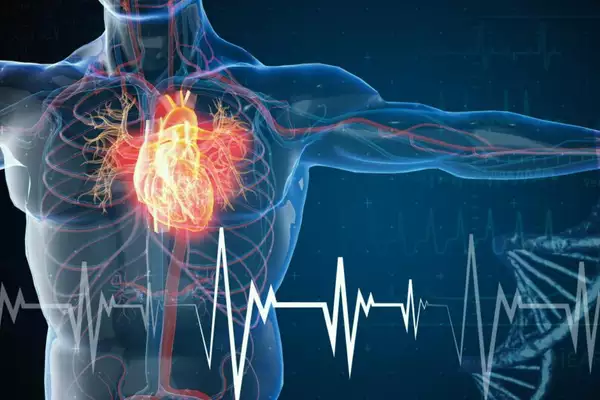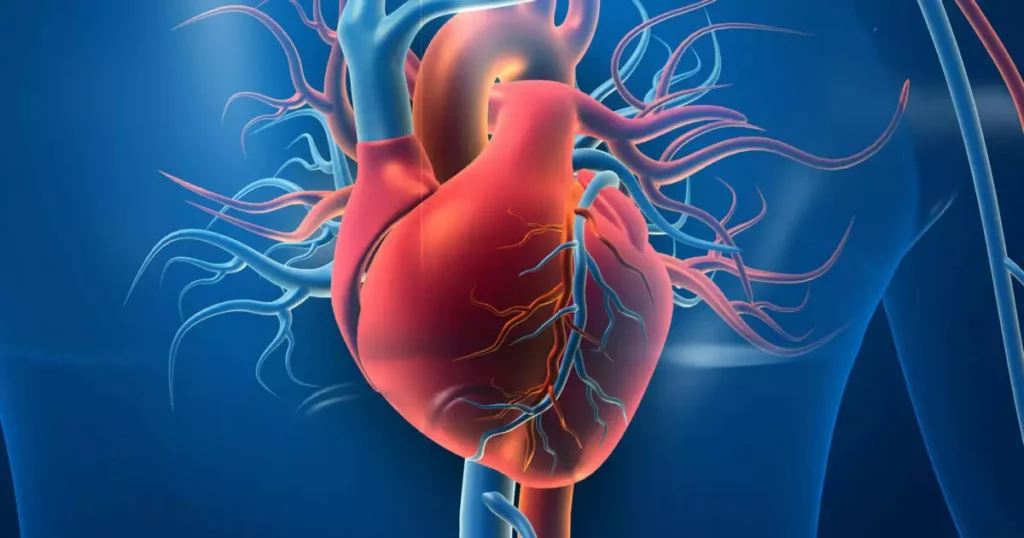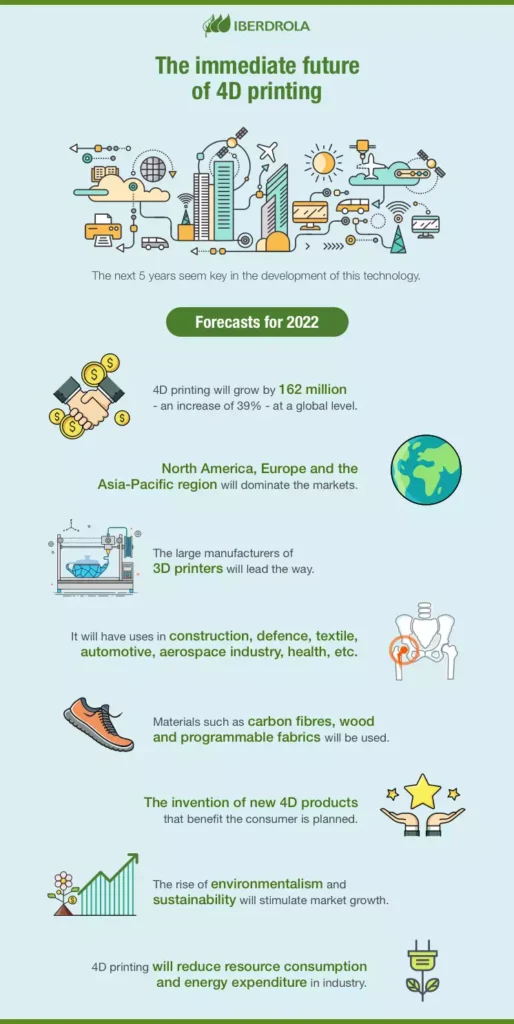Researchers have recently developed a novel hybrid vascular graft,by using 4D printing, that could be a breakthrough in treating cardiovascular disease.
Current Treatments for Cardiovascular Disease:
- Cardiovascular Disease is a leading cause of morbidity worldwide.
- Current treatment methods involve vessel substitution using autologous or synthetic vascular grafts.
Challenges:
- Failure of small-diameter vascular grafts due to compliance mismatch (difference in flexibility between native vessels and synthetic grafts).
- Clot formation is a major concern in small-diameter applications.
Novel Hybrid Vascular Grafts:
- Development: A multicomponent vascular graft inspired by the native vessel architecture was developed to overcome the limitations of current grafts.
Technology:
- Melt Electrowriting (MEW) was utilized to create tubular scaffolds mimicking native vessel fiber architecture and mechanics.
- A fibrinogen matrix with tailored degradation kinetics was used to generate a hybrid graft, supporting tissue regeneration and providing a more effective structure for cardiovascular repair.
Advantages of the Hybrid Graft:
- ISO Compliant: The hybrid graft meets implantability requirements as per ISO standards.
- Physiological Functionality: The graft successfully mimics native vessel compliance, helping to restore normal blood flow.
- Reduced Clot Formation: Preclinical models demonstrate minimal clot formation.
About 4D Printing:
- 4D Printing evolves from 3D printing by adding a time dimension to the printed objects.
- 3D bioprinting aims at creating living tissues for bone and tissue regeneration.
- Mechanism: Objects created through 4D printing can change their shape or function in response to external stimuli such as heat, light, or moisture.

Applications of 4D Printing:
- Medical Field:
- Drug delivery systems.
- Tissue and organ regeneration.
- Soft Robotics:
- Flexible and adaptive to environmental changes.
- Aerospace:
- Creation of low-cost, durable parts that can withstand extreme conditions (e.g., nitinol alloy manufacturing).
- Other Applications:
- Active origami art.
- Self-evolving structures.
- Flexible electronics and sensors.
Advantages of 4D Printing:
- Dynamic Functionality: Adaptive structures that go beyond the capabilities of traditional 3D printing.
- Material Efficiency: Reduced waste during the manufacturing process.
- Complex Design Fabrication: Stereolithography techniques allow the creation of intricate designs with higher efficiency.
Challenges Faced in 4D Printing:
- Technological Availability: The technology is still limited to a few research institutions globally.
- Material Limitations: Issues such as degradation during continuous deformation remain challenges in widespread adoption.
Ref: Source
| UPSC IAS Preparation Resources | |
| Current Affairs Analysis | Topperspedia |
| GS Shots | Simply Explained |
| Daily Flash Cards | Daily Quiz |
Frequently Asked Question:
What are the current treatment methods for cardiovascular disease?
Vessel substitution using autologous or synthetic vascular grafts.
What are the challenges associated with small-diameter vascular grafts?
Compliance mismatch and clot formation.
How was the novel hybrid vascular graft developed?
It was inspired by native vessel architecture.
What technology was utilized in creating the tubular scaffolds?
Melt Electrowriting (MEW).





